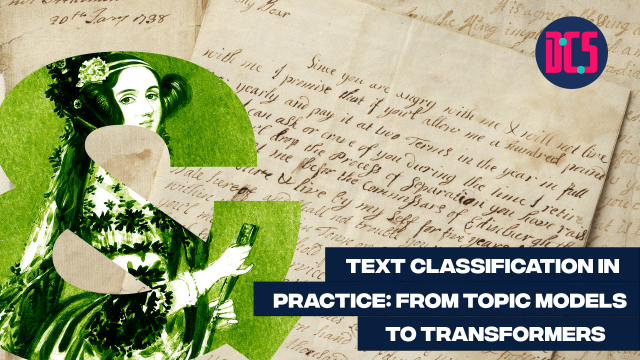Silent Disco: Corpus Analysis with AntConc

Online
Our 'Silent Disco' workshops are based on tutorials from the Programming Historian website. This training event will follow content from Corpus Analysis with AntConc Tutorial.
Corpus analysis is a form of text analysis which allows you to make comparisons between textual objects at a large scale (so-called ‘distant reading’). Corpus analysis is especially useful for testing intuitions about texts and/or triangulating results from other digital methods.
By the end of this tutorial, you will be able to:
-
create/download a corpus of texts
-
conduct a keyword-in-context search
-
identify patterns surrounding a particular word
-
use more specific search queries
-
look at statistically significant differences between corpora
-
make multi-modal comparisons using corpus linguistic methods
The workshop will take place via Microsoft Teams in a ‘Silent Disco’ format. Participants will work on the tutorial at their own pace. The facilitator will be available via Teams Chat to reply to any questions that arise during the workshop, and to help with installation, troubleshooting or other issues.
This is a beginner-level workshop. No previous knowledge of the topic is required/expected and the trainer will cover the basics of the method.
To attend this course, you will have to join the associated Microsoft Teams group. The link to join the group will be sent to attendees prior to the course start date, so please make sure to do so in advance.
After taking part in this event, you may decide that you need some further help in applying what you have learnt to your research. If so, you can book a Data Surgery meeting with one of our training fellows.
More details about Data Surgeries.
If you’re new to this training event format, or to CDCS training events in general, read more on what to expect from CDCS training. Here you will also find details of our cancellation and no-show policy, which applies to this event.
If you are interested in other training on text analysis you can have a look at the following:












